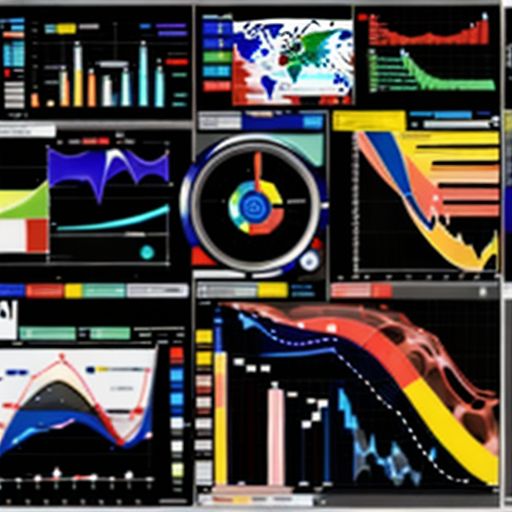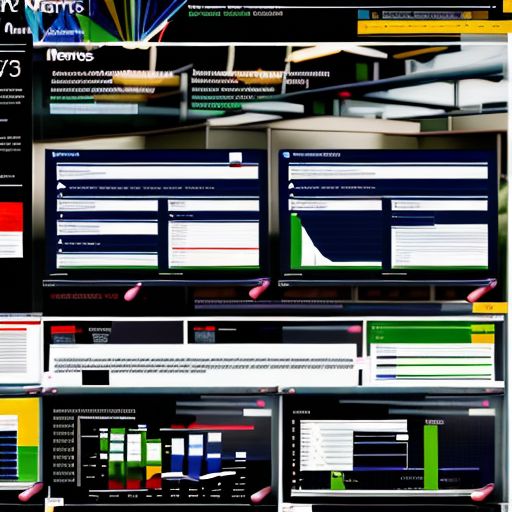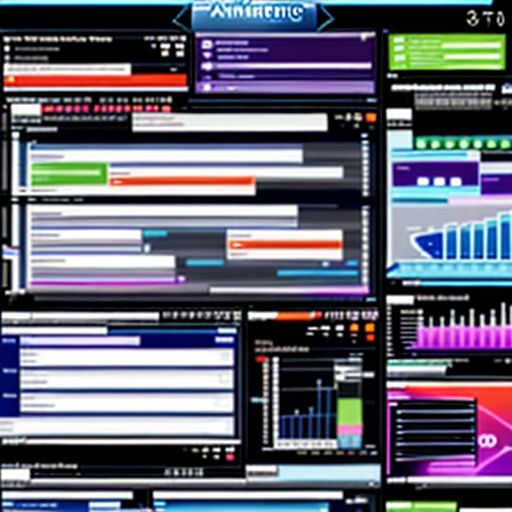Imagine this: your company’s laptops are disappearing into thin air, software licenses are a tangled mess, and nobody knows the exact inventory of your IT assets. Sounds chaotic, right? This is where an IT Asset Management (ITAM) system swoops in to save the day.
Understanding It Asset Management System
In simple terms, an It Asset Management System is like a meticulous librarian for all your company’s technology assets. It’s a centralized system that helps you track, manage, and optimize the entire lifecycle of your IT assets, from procurement to disposal.
Think of it as a digital inventory list on steroids. Not only does it tell you what assets you have, but it also reveals where they are, who’s using them, and how they’re performing. This information is pure gold for businesses of all sizes.
management.daohocthuat.com/wp-content/uploads/2024/07/IT asset management dashboard-669091.jpg" alt="A sleek and modern dashboard displaying key IT asset metrics and insights" width="512" height="512">A sleek and modern dashboard displaying key IT asset metrics and insights
The Importance of Having an It Asset Management System
But why is an ITAM system so crucial? Let’s dive into the compelling reasons:
1. Cost Savings and Optimized Spending
- Reduced Waste: Ever paid for software licenses you don’t even use? An ITAM system helps eliminate unnecessary expenses by identifying and eliminating ghost assets.
- Smart Procurement: By having a clear view of your asset inventory, you can make informed purchasing decisions, negotiate better deals, and avoid duplicate purchases.
2. Enhanced Security and Compliance
- Risk Mitigation: Track software licenses to ensure compliance and avoid hefty fines. Identify and address vulnerabilities in your IT infrastructure to protect against security breaches.
- Streamlined Audits: An ITAM system makes audits a breeze by providing accurate and up-to-date information about your IT assets.
3. Improved Operational Efficiency and Productivity
- Automated Processes: Automate tedious tasks such as inventory updates, software deployment, and maintenance scheduling, freeing up your IT team to focus on strategic initiatives.
- Better Decision-Making: Access real-time data on asset performance and utilization to make informed decisions about upgrades, replacements, and resource allocation.
FAQs about It Asset Management Systems
Here are answers to some common questions about ITAM systems:
What are the key features of an It Asset Management System?
A robust ITAM system typically includes features like:
- Asset Discovery and Inventory: Automatically discover and track all your IT assets, including hardware, software, and network devices.
- License Management: Manage software licenses effectively, ensuring compliance and avoiding unnecessary costs.
- Incident and Problem Management: Track and resolve IT incidents and problems efficiently.
- Reporting and Analytics: Generate comprehensive reports on asset inventory, performance, and utilization to gain actionable insights.
What are the different types of IT asset management?
- Physical asset management: Tracking and managing physical IT assets like computers, servers, and mobile devices.
- Software asset management: Managing software licenses, ensuring compliance, and optimizing usage.
- Cloud asset management: Tracking and managing cloud-based resources, such as virtual machines, storage, and applications.
Conclusion
In today’s technology-driven world, an IT asset management system is no longer a luxury – it’s a necessity. By implementing a comprehensive ITAM solution, you can gain control over your IT assets, reduce costs, enhance security, and streamline operations.
Ready to unlock the full potential of your IT assets? Explore the world of IT asset management and empower your business for success!





